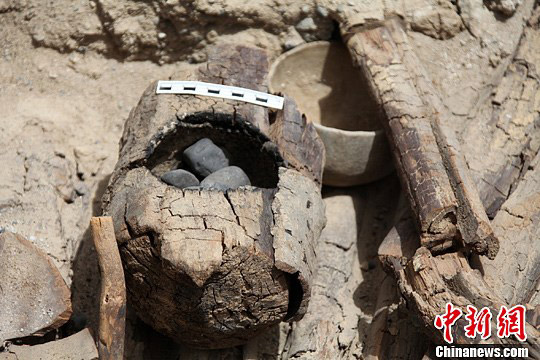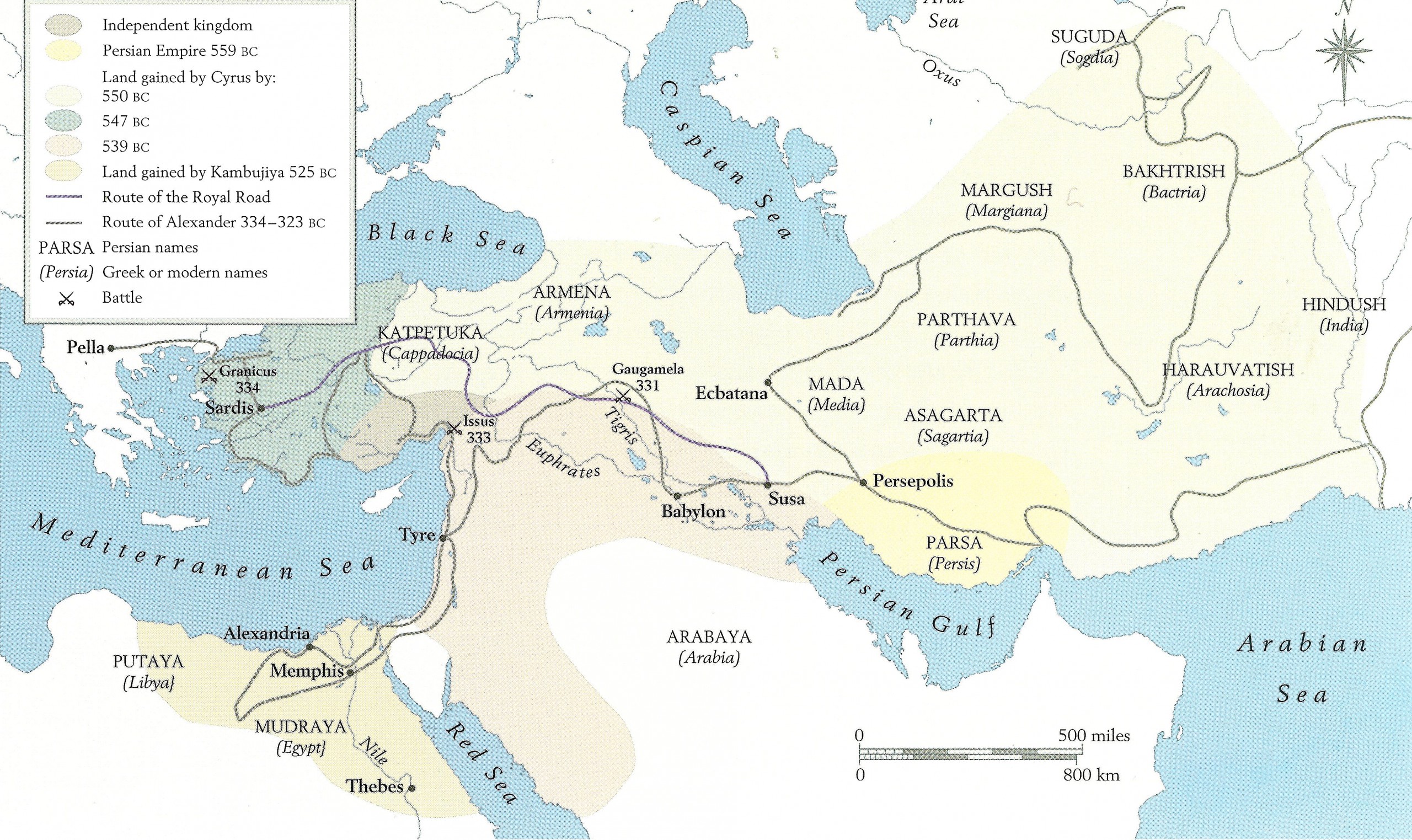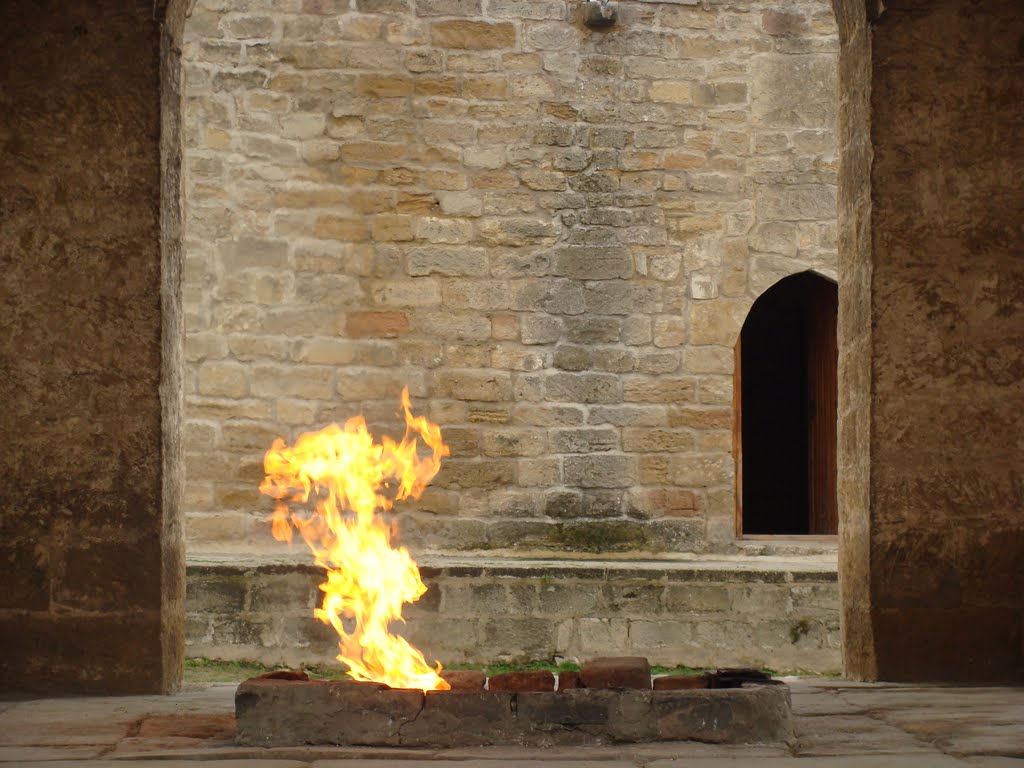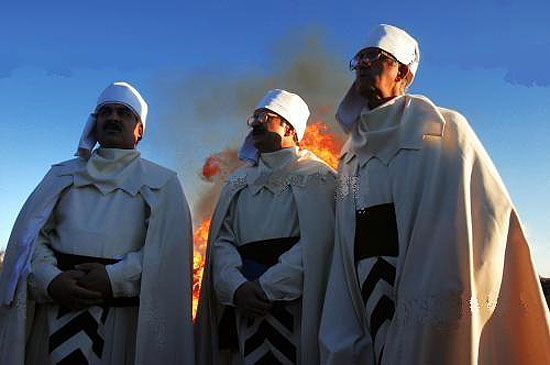The video below “10 Surprising Facts about Zoroastrianism” has been produced by the FTD Facts network (June 30, 2020) and narrated by Leroy Kenton:
Video narrated by Leroy Kenton of the FTD Facts venue venue titled “” (Source: FTD Facts in YouTube).
The origins of Zoroastrianism is generally believed to have had its early origins in Iran’s northeast and/or Western Afghanistan and was widespread as far east as northwest China.

Archaeologists in Northwest China’s Xinjiang Uygur Autonomous Region have discovered major Zoroastrian tombs, dated to over 2,500 years ago. (Caption and Photo Source: Chinanews.com). As noted in the China News report: “This is a typical wooden brazier found in the tombs. Zoroastrians would bury a burning brazier with the dead to show their worship of fire. The culture is unique to Zoroastrianism…This polished stoneware found in the tombs is an eyebrow pencil used by ordinary ladies. It does not just show the sophistication of craftsmanship here over 2,500 years ago, but also demonstrates the ancestors’ pursuit of beauty, creativity and better life, not just survival. It shows this place used to be highly civilized”. For more on this topic see … “Archaeologists uncover Zoroastrian Links in Northwest China” …
“The religion of the Achaemenid kings is a controversial and hotly debated topic in scholarly circles. The traditional view is that the Achaemenids were Zoroastrians. There is certainly evidence of Zoroastrian influence. Both Darius I and Xerxes I, for example, made proclamations stating that they had the favor of Ahura Mazda, the supreme God in Zoroastrianism, to bring justice and order to the world.
On the other hand, the kings also behaved in ways which contradict the idea that they were devout Zoroastrians. The Achaemenid kings all mentioned respect for deities besides Ahura Mazda. For example, Cyrus the Great renovated temples for Mesopotamian gods, taking on the role of a typical Mesopotamian monarch, which included piety towards the gods. King Cyrus is also recorded in the Bible as acknowledging the authority of the Hebrew God Yahweh, though this may have been based more on a Jewish interpretation of his words.”

Map of the Achaemenid Empire drafted by Kaveh Farrokh on page 87 (2007) for the book Shadows in the Desert: Ancient Persia at War-Персы: Армия великих царей-سایههای صحرا-:
As noted by Dr. Ken R. Vincent in his article ” Zoroaster: The First Universalist”:
“Zoroaster’s name for God is “Ahura Mazda” which means, “Lord of Life and Wisdom” or simply “Wise Lord.” This can be compared to the literal translations of the names for God in Hebrew Scriptures: “Yahweh” which means “I AM” and “Elohim” which means “God“. For Zoroaster, God is wholly good; God unconditionally and totally loves all his Creation and all humanity – always. God is not angry, jealous, or vengeful; God would never tempt humans into doing evil. We are made of the essence of God and are cherished by God. Fasting, celibacy, and the austere life have no place in the religion of the Magi; one is simply directed to BE LIKE GOD – Do Good and Oppose Evil. (Christians may recall that in Matthew 5:48, Jesus also commands us to be like our heavenly Father.) Because all creation is sacred, it is also humanity’s duty to protect creation and not defile it or pollute it. (In a very real way, Zoroaster was the first environmentalist!)”

The main fire altar at the Atash-kade (Zoroastrian Fire-Temple) of Baku in the Republic of Azerbaijan (known as Arran and the Khanates until 1918) (Picture Source: Panoramio). This site is now registered with UNESCO as a world heritage site. For more on Zoroastrian and Mithraic temples in the Caucasus, see here…
According to John Palmer in his article “John Palmer: Zoroaster – Forgotten Prophet of the one God“:
The tiny world wide communities of Zoroastrians are no doubt pleased to get any mention in their belief – even if it is only to provide alphabetical balance to a list starting with the Bahá’ís. Even those who take a close interest in the more exotic or esoteric of religions tend to have a vague grasp on what the followers of the ancient Persian (or maybe Bactrian) prophet, Zarathustra (Zoroaster in Greek) – born around 800 BC – actually believed. This is a great pity since even a non-believer must be impressed with the evidence of how the religious ideas first expressed by Zoroaster were fundamental in shaping what emerged as Judaism after the 5th century BC and thus deeply influenced the other Abrahamic religions – Christianity and Islam.

Zoroastrian magi from Kerman during the Jashne Sadeh ceremonies (Source: Heritage Institute).
For more on the topic topic of Zoroastrianism and other ancient theologies of ancient Iran see:



